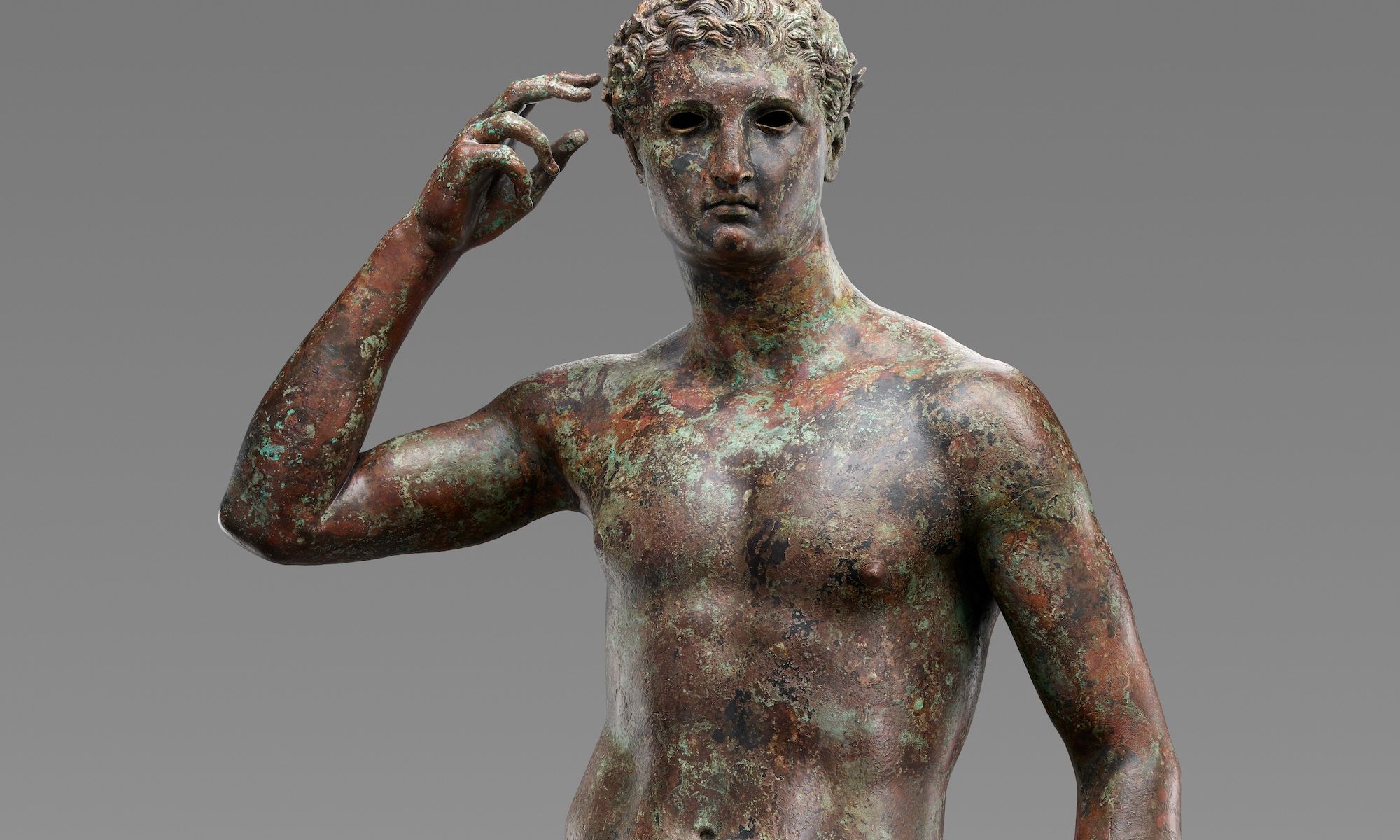The statue of a Victorious Youth , around 300BC–100BC J. Paul Getty Museum
The European Court of Human Rights (ECHR) ruled on Thursday (2 May) that Italy may continue to pursue its claim to an ancient Greek bronze statue known as Victorious Youth that has been in the collection of the Getty Museum in Los Angeles since 1977.
The ruling is the latest chapter in a decades-long dispute between the Getty and Italian authorities over the life-size statue, which dates from around 300BCE to 100BCE (some have attributed it to the sculptor Lysippos) and was hauled out of the Adriatic Sea by Italian fishermen off the coast of Fano in 1964. In 2018, Italy’s highest court ruled that the Getty must surrender the work and issued a confiscation order; the museum appealed that decision to the Strasbourg-based ECHR. That court’s ruling this week is what is known as a chamber decision, and means that both parties now have three months to demand that the case be referred to the court’s grand chamber for a final ruling.
In its ruling this week, the ECHR faulted “the Getty Trust’s negligence or bad faith in purchasing the statue despite being aware of the claims of the Italian State and their efforts to recover it”. The court’s statement concluded that “the confiscation order had been proportionate to the aim of ensuring the return of an object that was part of Italy’s cultural heritage”.
The Statue of a Victorious Youth, around 300BC-100BC, as it appeared shortly after its recovery from the Adriatic Sea, before conservation J. Paul Getty Museum
In a statement shared with The Art Newspaper, a spokesperson for the Getty said that it may appeal this week’s decision to the ECHR’s grand chamber for a final decision, adding: “Although the European Court of Human Rights found that Italy’s forfeiture order regarding Victorious Youth did not violate the European Convention of Human Rights, we believe that Getty’s nearly 50-year public possession of an artwork that was neither created by an Italian artist nor found within the Italian territory is appropriate, ethical and consistent with American and international law.”
Italy first made a formal request for the return of Victorious Youth (alternately known as the Fano Athlete) in 1989. In 2010, Italy’s government called on US authorities to confiscate the object, after an investigative judge in the city of Pesaro ruled that the Getty had acquired the statue “in bad faith” and in “full awareness of its illicit origins”. A pair of legal decisions in Italy in 2018 reaffirmed the country’s claim to the antiquity, and in 2021 the Italian senate passed a resolution intended to give the country a stronger hand in complex restitution cases.
Following the ECHR’s ruling, the journalist Gennaro Sangiuliano, whom Italy’s far-right prime minister Giorgia Meloni appointed as the country’s culture minister in 2022, praised the decision on X (formerly Twitter).
The Getty spokesperson added: "We greatly value our longstanding relationships with the Italian Ministry of Culture, Italian museums and Italian scholars of art and heritage, which have given rise to a number of mutually beneficial conservation, research and exhibition projects. We look forward to advancing and expanding such collaborations into the future."
The Getty acquired Victorious Youth in 1977 for nearly $4m from the German dealer Herman Heinz Herzer in a sale that was finalised in the UK. The bronze went on display the following year at the Getty Villa, the museum’s campus in Pacific Palisades.

